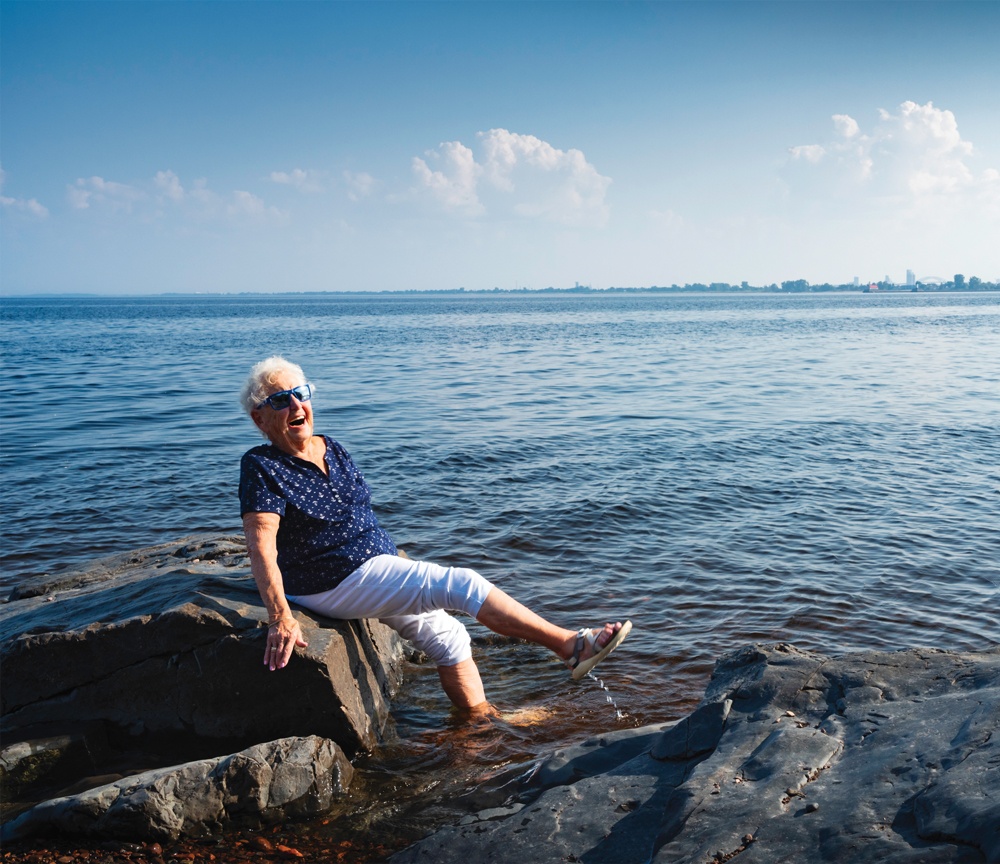Nature Nurtures
Ever since my kids were little, the benefits of being outside have been clear. The calming effect of a walk in nature, the wonder of a brilliant sunset or falling snow—I could see it right on their faces. And it’s not just my family. Research has proven what each of us can feel, that time outside is good for us. Nature has the power to reduce stress and anxiety, lower blood pressure, enhance our immune systems, and even reduce our perception of physical pain.
Minnesotans have good reason to love our Great Outdoors—it protects us. In turn, we work to protect it.
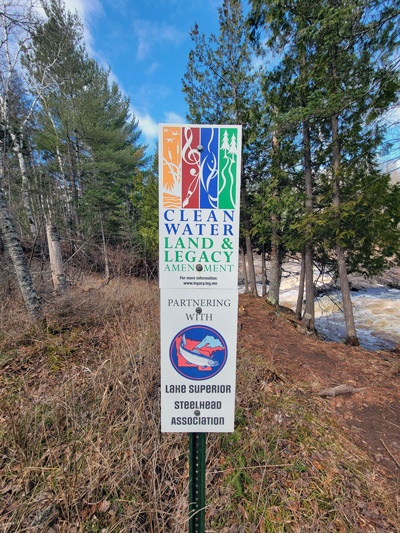
Today, federal resources to support the Great Outdoors are disappearing. Fortunately, Minnesota voters had the foresight to dedicate lasting resources to our cherished lakes and lands. Together, we ensured that our Great Outdoors would benefit from dedicated funding streams, such as the state lottery and the Legacy Amendment. Unlike general fund dollars, which can be diverted for other purposes, these dedicated funds are protected for specific priorities—like outdoor access, habitat protection, and clean water initiatives. They are investments in the places we love, and in the health of the people we love too!
Whether you're casting a line in a neighborhood lake, walking through a city park, riding a bike on your local trail, or tending a garden, these everyday outdoor experiences are part of what makes our Great Outdoors worth protecting. Nature supports wellbeing, which all Minnesotans deserve.
—Paul Austin , Executive Director
We need time in nature
Good for mind & body
It’s intuitive that spending time in nature is good for us—we are, after all, part of nature. It’s also backed up by science. Time spent in the Great Outdoors offers powerful mental and physical health benefits—and the impact is broad. Studies show that for people of all ages everywhere, across demographics and circumstance, nature provides measurable and substantial positive impacts.
Mental health benefits
If it seems like there’s something about being outside that just makes you feel better, it’s not all in your head. Natural environments have been shown to reduce aggression, lower stress, boost self-esteem, ease feelings of anxiety, and improve mood. The impacts are most profound when people are physically out in nature, but the effects are even measurable by the presence of a window with a view of the natural world.
Physical health benefits
Time in nature has been shown to provide a variety of physical health benefits. Some are easily felt—like the calming effects of reduced nervous system arousal and better sleep—while others—like a stronger immune system or lower blood pressure—are more hidden but just as beneficial. New research shows that even viewing nature can reduce the physical sensation of pain.
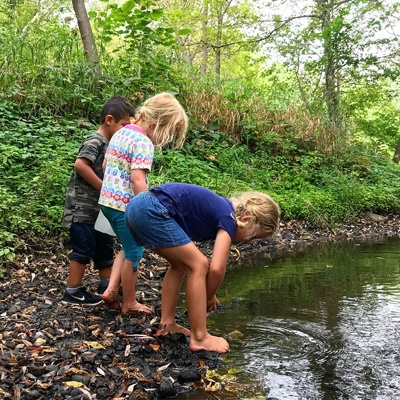
Special benefits for kids
Nature supports children's wellbeing from the moment they are born. Research shows that living near green spaces is linked to healthier birth outcomes. As children grow, time in nature promotes physical activity, boosts immune function, and develops motor skills. It encourages positive social interactions and reduces stress and anxiety. And since the natural environment fosters better attention and self-regulation, nature can even help kids learn.
Access to nature
Minnesotans overwhelmingly agree that we all deserve access to parks, outdoor spaces, and nature. It's a core part of our identity as Minnesotans. But there is work to do to ensure everyone has the opportunity to experience the outdoors.
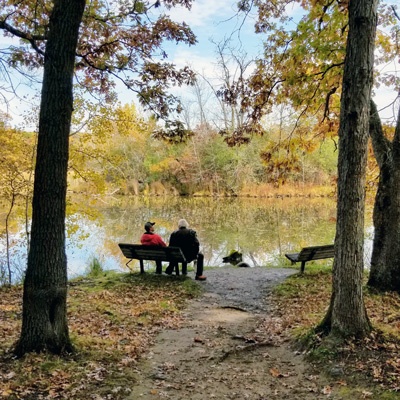
Many low-income neighborhoods, communities of color, and rural areas lack nearby parks, trails, or safe outdoor spaces. The Center for American Progress reports that communities of color are three times more likely to live in nature-deprived areas. These disparities are made worse by barriers like limited transportation, safety concerns, and underfunded public lands.
True accessibility requires intentional investment and thoughtful design for people of all abilities and life stages, including things like:
- smooth, stable trails suitable for people who use wheelchairs or strollers, or have balance issues
- ramps, and railings at overlooks and picnic areas
- accessible restrooms
- signage that includes both visual and tactile information
- shaded rest areas parking and entrances that are easy to navigate
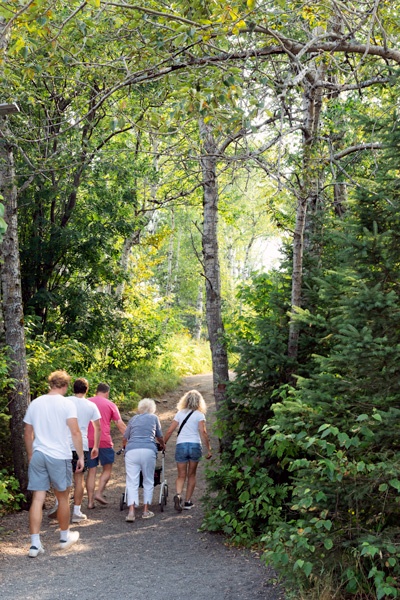
Minnesota is taking important steps in this direction through the Get Out MORE program, which Conservation Minnesota supported. This initiative helps fund accessibility improvements across the state, including all-terrain track chairs, now available at several Minnesota parks and recreation areas.
Equitable access to nature strengthens both individual wellbeing and the health of entire communities. Beyond the physical and psychological benefits, time in nature encourages environmental stewardship, fosters social connection, and supports youth development. Individual advantages become societal advantages. When everyone has the chance to experience the outdoors, we build healthier, more resilient communities that are better connected—to the land and to each other.
Want to learn more?
Watch for Conservation Minnesota's next Tell Me More webinar where experts will discuss the science behind these findings.

